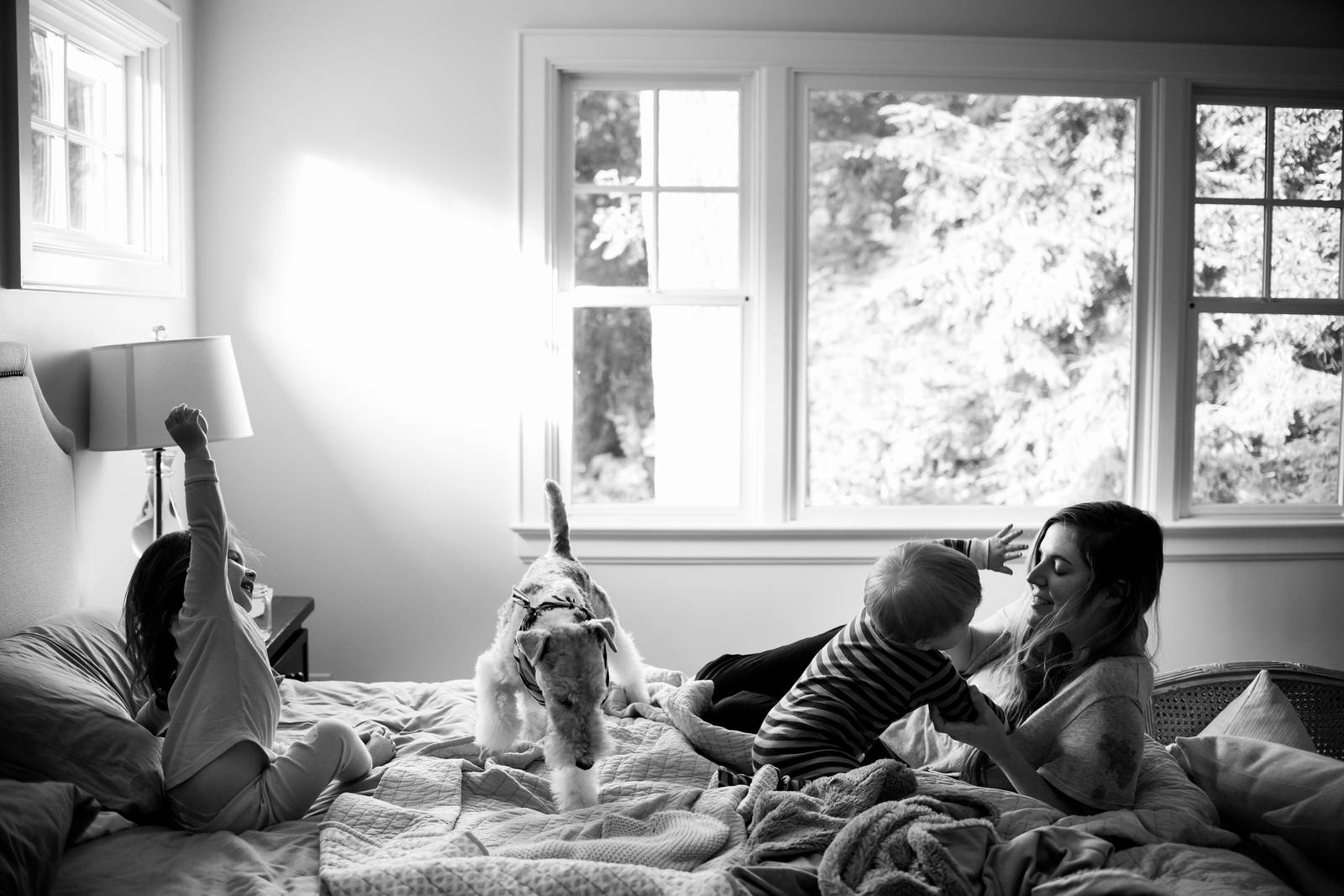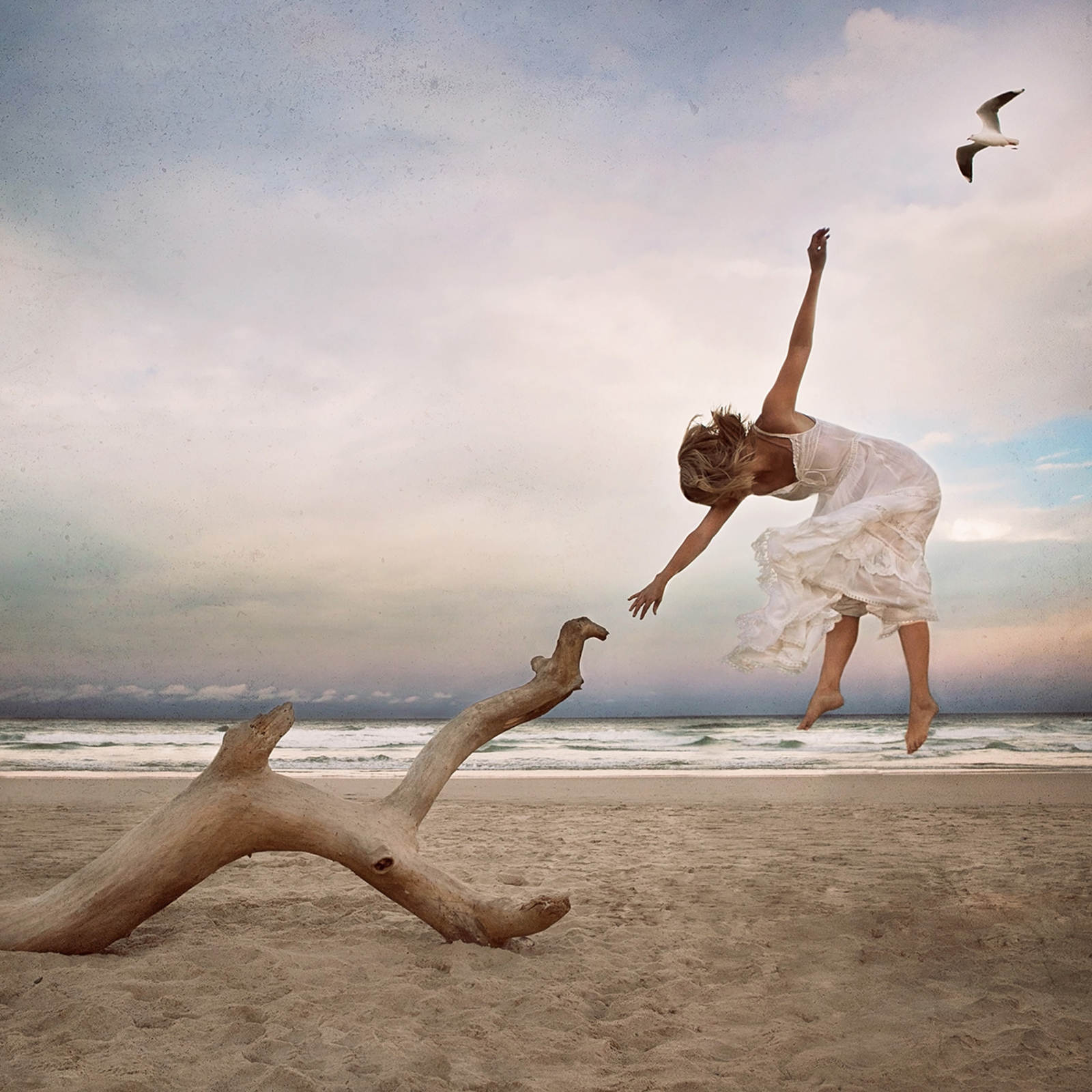The Ultimate Guide to Learning Photography: What Makes a Good Photo?
— Photo: Denis Vahey, Student
What makes a Good Photo? The 6 Basics of Photography
What makes a good photo? Is it a great subject? An expensive camera? High-end DSLRs have taken some crappy photos. Toy cameras have taken breathtaking shots. And amazing images have featured things as simple as a glass of water. So what really goes into crafting a good photograph
Like all art, photography is subjective, which means a good photo to one person may not look so good to another. But, there a few concepts that help guide photographers through every decision that goes into a single photograph. Those same basics of photography help give us an idea of what makes a good photo — to help us see our own names underneath those stunning images. Here are six photography basics to get you started.
Composition
Composition is the art of choosing what goes into a photograph and where — as well as what’s left out. Choosing whether to show a large part of the scene or to zoom in on an object is all part of composition.

— Photo: Nicole Fortney, Student
Good composition starts with the subject, or the main focus of the photograph. Sometimes, the way the subject is placed in the photograph makes more of an impact on the image then what the object (or person) even is. Placing the subject in the middle of the frame emphasizes symmetry and pattern. Adjusting the camera angle so that the subject is off to one side, like in the Rule of Thirds, helps to draw the viewer’s eye into the entire image.
What stays out of a photograph is just as important — often, adjusting the position of the camera or using zoom can help eliminate distractions, drawing focus to the subject even more.
Exposure
A digital camera’s sensor (or an analog camera’s film) records light to take an image. Just how much light is in a single photograph? That’s called exposure.
A camera’s light meter helps guide the photographer into making the decisions that determine exposure — shutter speed, aperture, and ISO — or the camera’s built-in computer will choose those settings in auto mode. An image that’s too dark is underexposed, too light, overexposed.
But there’s no such thing as a “correct” exposure — like photography as a whole, exposure is subjective. Intentionally underexposing an image may lose some of the details to the dark tones, but it creates a somber mood in a photograph. Bumping up the exposure a bit gives images a light and airy feel. Both need to be used with extreme caution, but the range of different exposures that create a good image may be wider than you think.
Focus
A camera’s lens uses several pieces of glass to get the image to hit the sensor at just the right point, creating a sharp subject. Adjusting a camera’s focus by using different autofocus modes or manual focus allows the photographer to select the subject, keeping it sharp.
But what else, besides the subject, is sharp? Some photographs have a crisp subject with a very blurred background, while others keep a majority of the image clear. Depth of field is a term that refers to just how sharp the background is. Along with aperture, depth of field is also controlled by the distance to the subject as well as the size of the sensor (which, by the way, is why smartphone photos never seem to have the same blurred background as a photo from a DSLR).
Using factors like aperture and distance to control depth of field allows you to blur out a distracting background, or keep all of the details intact in a spectacular view.
Light
Cameras capture light — which means understanding lighting is essential to taking good photographs. All light is not created equal — it comes at different angles, in different strengths and even in different colors.

— Photo: Christen Kuhl, Student
The direction that the light is coming in at creates different effects in a photograph. Light that’s in front of the subject makes it easy to get an even exposure, but it’s sometimes considered boring. Light coming in from the side of the subject creates dynamic shadows and can add interest to an image. The trickiest of the bunch, backlighting, is tough to master, but light coming in from behind makes the subject almost appear to glow.
A cloudy day offers a much different level of light than a sunny one — but that affects more than just your exposure settings. Soft light creates minimal shadows, like those on a cloudy day. Hard light on the other hand, creates deep, dark shadows. There’s no right or wrong here either — but both have a dramatically different impact on the image.
Color relies heavily on light — and different light sources will skew colors one way or the other. White balance allows you to correct that color skew, so that white still looks white, whether that object is under a tungsten light bulb or in the sunshine.
Timing
Holding a camera gives you the dramatic ability to freeze time — just when you take that photograph can make the difference between a boring shot and an incredible one.

— Photo: Linda Angledal, Student
Choosing when to shoot determines just how the action in a photograph is frozen in time. An animal hopping can appear to levitate with the perfect timing. Shadows can take on an abstract form. Learning timing takes practice — but using the camera’s burst mode to take a series of quick photographs can also help.
Seconds — and even milliseconds — matter, but so does time on a larger scale. When using natural light, the time of day that you take a photograph makes a big impact. Just after sunrise and just before sunset, the sun is soft and directional, giving images a golden glow. Just at dusk, the sky has a blue glow. A noon sun on a cloudless day, on the other hand, creates hard light and deep shadows.
Inspiration
A photograph can be technically accurate on all counts, with good composition, exposure, focus, light, and timing — and still be boring. A camera is a tool that allows you to show your view of the world, and inspiration, however abstract of a term, is essential to taking good photographs. Some great photographs break several photography “rules” and still end up amazing because of the inspiration that prompted the photographer to press the shutter release in the first place.
Much of photography is learning — but a good portion of it also relies on creativity, inspiration and personal drive. Start with your own personal mojo — then take it to the next level by mastering the basics of photography.
Other Guides
- Photography Lighting
- Photography Post Processing Techniques
- What is Aperture?
- Exposure Bracketing
- Creating Bokeh Backgrounds
- What is Camera Raw?
- Composition Rules
- What is Shutter Speed?
- Focus Stacking
- Hyperfocal Distance
- Long Exposure
- Choosing Photography Subjects
- Aperture & Depth of Field
- How Does A Camera Work?
- Composition Techniques